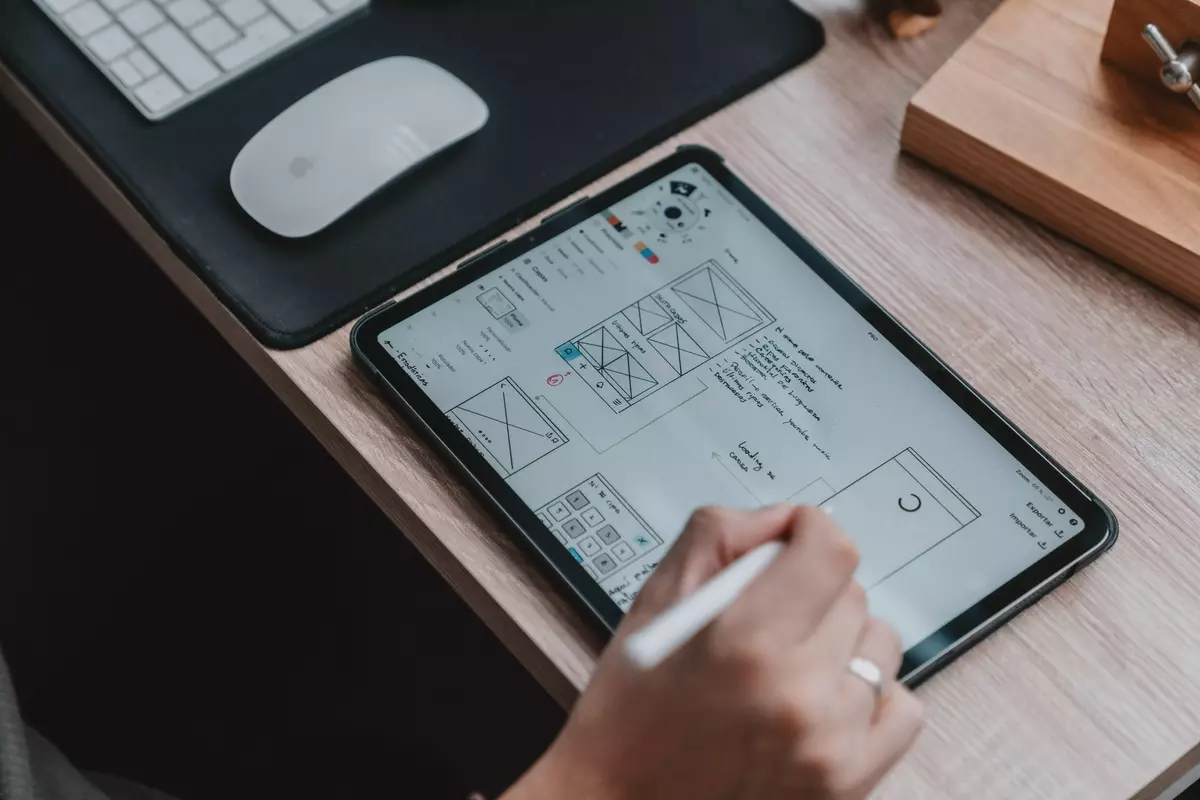Web design now surpasses the realm of mere aesthetics and extends into a much broader and complex territory. In this context, user behavior becomes a crucial variable, playing a decisive role in determining the success of a web interface. By deeply understanding how users interact, navigate, and assimilate content presented on websites and online applications, we can usher in a paradigm of optimization that not only enhances functional efficiency but also elevates user satisfaction, thus generating a holistic and captivating digital experience.
This article addresses the concept of web design psychology and how understanding user behavior can contribute to the creation of more effective web interfaces. By applying psychological principles to the design process, user experience can be improved, leading to a more pleasant interaction and the achievement of established goals.
Impact of Colors and Aesthetics
In web design, colors represent an essential and profoundly influential pillar within the realm of digital interface psychology. Each color conveys certain emotions and states. For example, blue can evoke a sense of trust and professionalism, while red can evoke urgency or passion. Choosing the right colors based on the target audience can have a significant impact on how users perceive and interact with the interface.
Structure and Interface Flow
User behavior is influenced by how information is structured on a web page. The “F” pattern suggests that users tend to scan content in an “F” shaped pattern, giving more attention to elements at the top and left of the page. Therefore, placing important information and key actions in these areas can encourage user interaction and engagement.
Credibility
Users are more likely to stay on a site or use an application if they feel it is credible and trustworthy. Elements such as company logos, security certificates, and positive reviews can contribute to building this trust. Similarly, avoiding elements such as excessive ads or disorganized design can maintain a high level of credibility.
Attention Grabbing and Visual Response
The initial impact holds significant weight, and the visual architecture of the design plays a fundamental role in capturing users’ initial attention. The use of relevant images and clear headlines can capture interest and guide users to relevant content. Additionally, using white spaces and a well-organized structure can facilitate information digestion and navigation.
User Experience and Speed
In the virtual environment, time is a precious and irreplaceable resource. Page loading speed and functionality are determining factors that can substantially influence users’ perceptions and experiences. Prolonged loading times can prompt users to leave the site or application. Optimizing performance and loading times can significantly enhance user interaction.
Adaptation to Different Devices
Users interact with online platforms through a variety of devices, including not only desktops but also smartphones and tablets, highlighting the necessary adaptability of the digital interface. The vital need for a consistent and satisfactory experience across all platforms necessitates the implementation of responsive design, capable of automatically adjusting to various screen sizes, thereby crystallizing interface coherence in all usage contexts.
Understanding web design psychology is essential for creating efficient interfaces that meet users’ needs and expectations. By applying psychological principles to web design, we can influence how users interact, the trust they have in a platform, and their level of satisfaction. In an ever-evolving digital world, implementing these concepts can make the difference between a mediocre interface and an exceptional one.
Learn about enhancing user experience through AI-powered adaptive web design!
Follow us on social media:
Instagram: https://www.instagram.com/securemenow/
Facebook: https://www.facebook.com/securmenow
We offer Web Design services. Contact us







